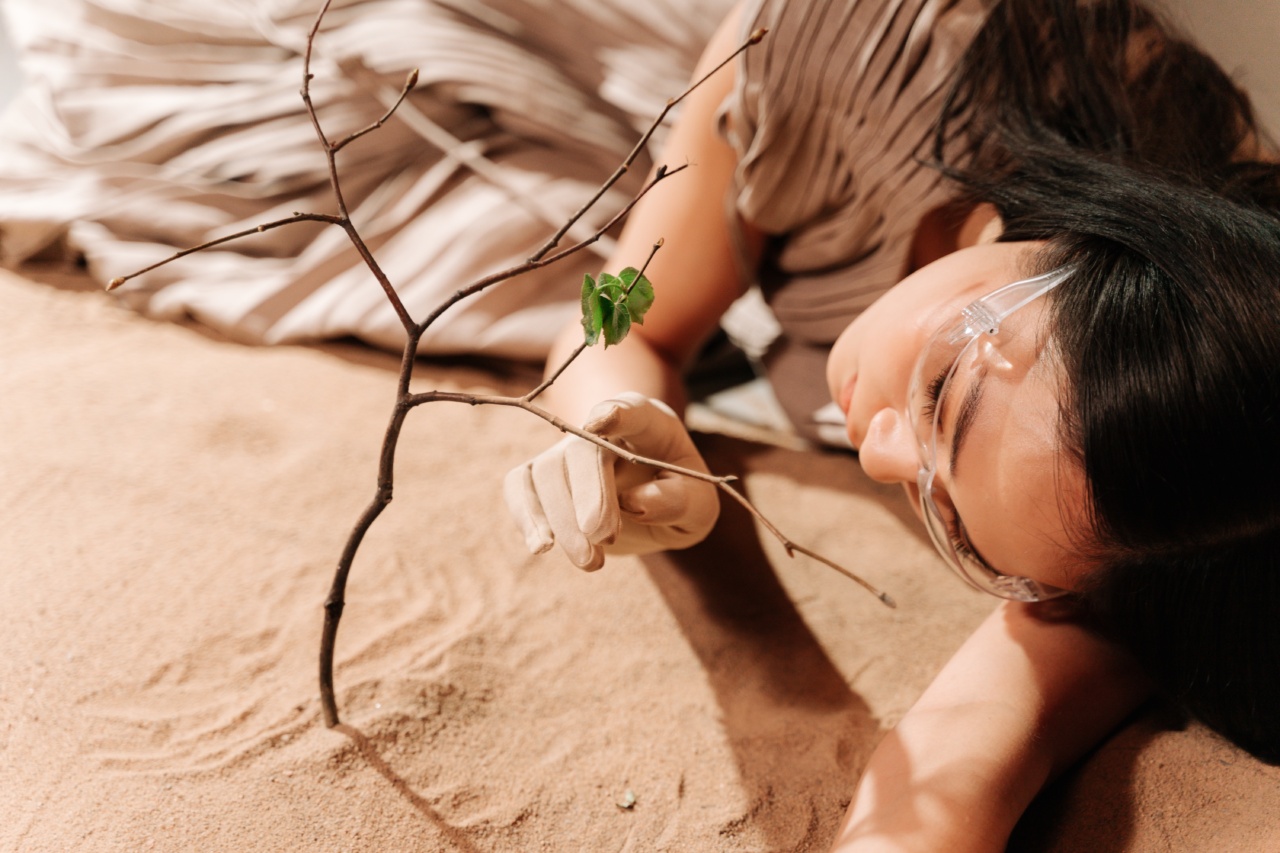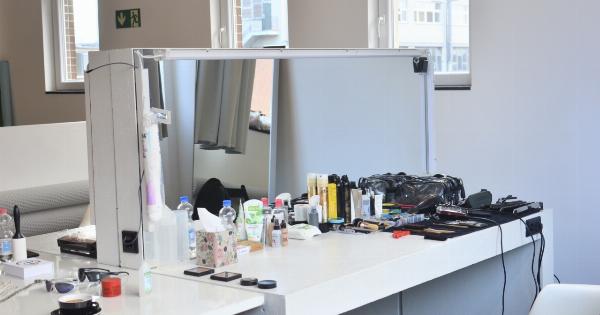Menopause causes significant changes in the skin due to hormonal fluctuations. The decrease in estrogen levels during menopause affects the skin in multiple ways. These changes are not life-threatening, but they can be emotionally distressing.
Understanding the underlying reasons and having strategies to cope with the changes can help you feel better about your skin’s condition.
: 1. Dryness
Estrogen stimulates the production of collagen and hyaluronic acid that keep the skin hydrated, plump, and firm. During menopause, the level of estrogen drops, leading to dry skin. The skin loses its elasticity and becomes thin and wrinkled.
Dryness can cause itching, flaking, and even eczema.
You can moisturize your skin using a heavy, oil-based cream that locks in moisture. Avoid hot showers, harsh soaps, and alcohol-based products that strip natural oils from your skin. Drink plenty of water to hydrate your body internally.
: 2. Wrinkles and Fine Lines
Estrogen is responsible for helping the body produce collagen and elastin, the proteins that keep the skin looking youthful. As estrogen levels drop during menopause, there is less collagen production, leading to sagging skin, wrinkles, and fine lines.
You can reduce the appearance of wrinkles and fine lines by using skincare products that contain retinoids or vitamin A. These products boost cell turnover, increase collagen production, and stimulate the growth of new skin cells.
: 3. Thinning of the skin
The dermis, or the middle layer of the skin, contains collagen and elastin that provide support and structure to the skin. As the level of estrogen declines, the dermis thins, causing the skin to lose its elasticity.
The skin’s blood vessels become fragile, increasing the risk of bruising and bleeding.
You can prevent further thinning of the skin by using retinoids or vitamin A-based skincare products that stimulate collagen production.
You can also protect your skin from sun damage by applying sunscreen with at least SPF30 and avoid sun exposure during peak hours.
: 4. Acne
Some women may experience acne breakouts during menopause due to the fluctuation of hormones. Androgens, the male hormones that women also produce in small amounts, can increase during menopause, leading to acne and oily skin.
You can manage acne breakouts by using gentle, non-comedogenic skincare products that do not clog pores. Avoid picking or popping pimples, which can cause scarring and inflammation.
If the breakout persists, you can consult with a dermatologist who can prescribe medications or recommend other treatments.
: 5. Age spots
Age spots, also known as liver spots, are flat, brown spots that appear on the skin. They are caused by exposure to sunlight and UV radiation over time.
During menopause, the skin’s cell turnover slows, leading to the accumulation of pigment in the skin’s cells, which causes age spots to appear.
You can prevent age spots by using sunscreen daily and avoiding sun exposure during peak hours. Wear protective clothing and a hat to shield your skin from the sun’s rays.
You can also use brightening skincare products that contain vitamin C or other antioxidants that can reduce the appearance of age spots.
: 6. Hair growth
Some women may experience an increase in hair growth on the face, chin, and upper lip during menopause. This condition, known as hirsutism, occurs due to the increased levels of androgens in the body.
Hair growth can be a source of embarrassment and distress for some women.
You can manage unwanted hair growth by waxing, shaving, or using depilatory creams. If the hair growth is excessive, you can consult with a dermatologist or an endocrinologist who can prescribe medication or recommend other treatments.
: 7. Rosacea
Rosacea is a skin condition that causes redness, flushing, and sensitivity on the face. Women are more likely than men to develop rosacea, and the condition can worsen during menopause.
Hormonal fluctuations, stress, alcohol, and spicy foods can trigger rosacea.
You can manage rosacea by avoiding triggers that cause flare-ups. Use gentle, fragrance-free skincare products that do not irritate your skin. Apply sunscreen before going outdoors, and wear a hat or visor to shield your face from the sun.
If the rosacea is severe, you can consult with a dermatologist who can prescribe medication or recommend other treatments.
: 8. Decreased skin elasticity
As women age and approach menopause, the skin starts to lose elasticity. Elasticity is the skin’s ability to stretch and contract. When the skin loses elasticity, it becomes saggy and loose.
This sagging and looseness are most noticeable in areas like the face, neck, and arms.
You can improve your skin’s elasticity by regular exercise, moisturizing, using skincare products that contain antioxidants, and getting enough sleep.
: 9. Changes in skin texture and tone
As women age, their skin’s texture and tone change. The skin may become rough, dull, or uneven. The skin may also develop patches of discoloration or hyperpigmentation.
You can improve your skin’s texture and tone by regular exfoliation, using brightening skincare products that contain vitamin C and other antioxidants, and getting enough sleep.
: 10. The Bottom Line
As women age and approach menopause, their skin undergoes significant changes due to hormonal fluctuations. These changes are not life-threatening, but they can be emotionally distressing.
Understanding the underlying reasons and having strategies to cope with the changes can help you feel better about your skin’s condition.
You can maintain healthy, youthful-looking skin by taking care of your skin from the inside out. This includes eating a healthy diet, drinking plenty of water, exercising regularly, and getting enough sleep.
You can also use skincare products that contain antioxidants, retinoids, or vitamin A, and wear protective clothing and sunscreen when going outdoors.




























